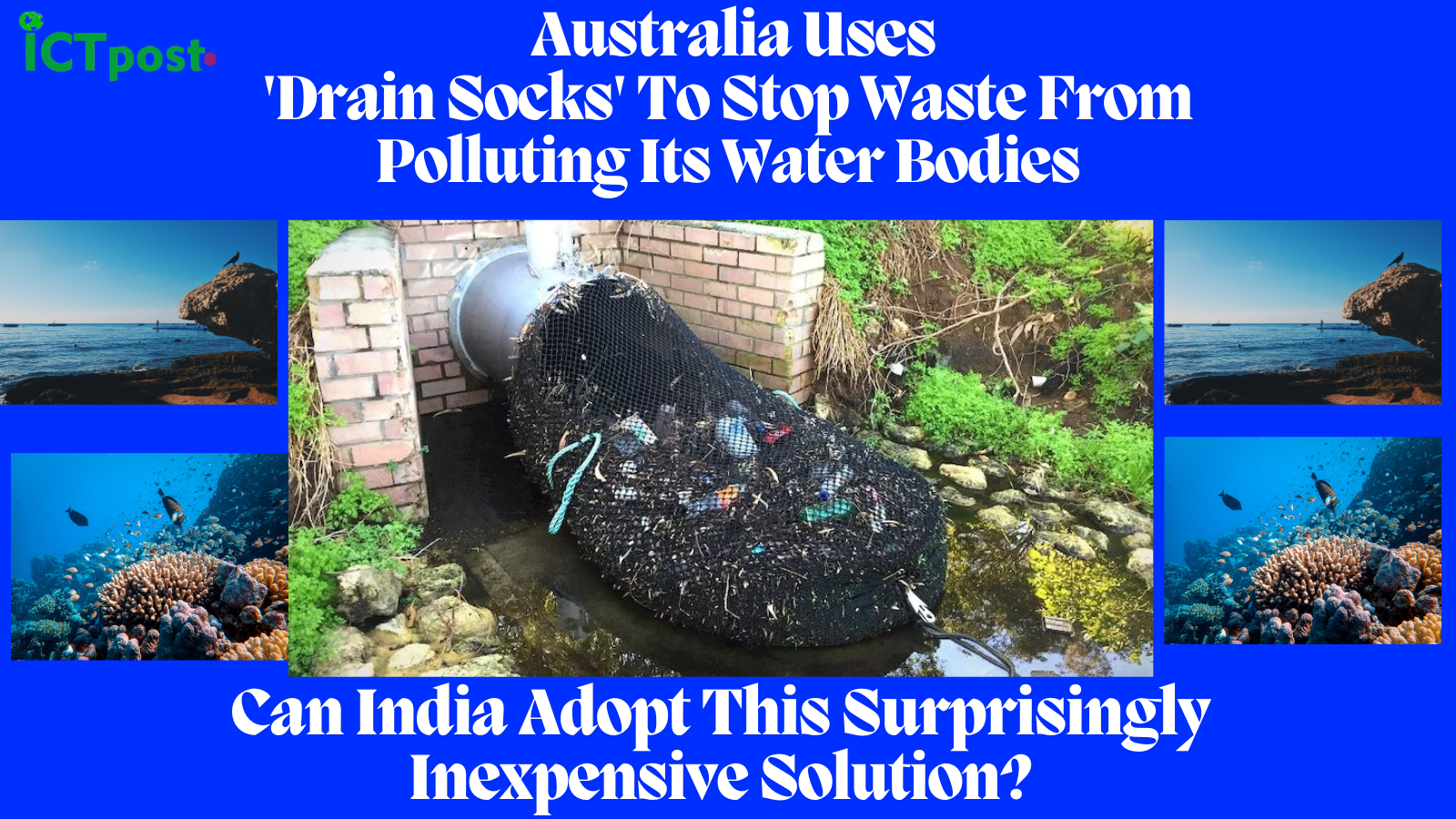ICTpost Governance Bureau

Mobile phones, can reach those areas where the infrastructure necessary for Internet services or wired phone services is difficult to setup. In the developing countries mobile government applications may become a key method for reaching citizens in far and wide areas and promoting exchange of communications. In such countries with insufficient conventional telecom infrastructures and greater acceptance of mobile phones, the ability of reaching rural areas may be considered as an important feature of m-Government.
Low Cost: Mobile phones are a relatively low cost technology as compared to Internet technology.
Ease of Learning: Usage of mobile devices is fairly simple thus making it easy for any common person to use it and to access information..
e-Development: Helps in expanding the scope of e-Governance in the areas like e-Democracy, e-Participation, e-Voting and many other forms of communication between the citizen and the government.
Enhanced Network: A wide range of government services can be delivered via mobile network. According to an estimate approximately 70 to 80% of government services in India can be delivered through mobile channels.
Wide availability of mobile phones Technical Knowledge: The use of Internet requires a fairly complex set of skills and technology know how’s. There are certain requirements such as electricity, communication lines, computer workstation and in most cases a reasonable fluency in English. These requirements are difficult to be met in many e-Government applications, cannot be implemented and if implemented they fail to succeed and meet their objective.
ICT Accessibility: The people?s readiness to accept ICT and Internet regularly is high in developed countries as compared to developing countries. People in many developing countries are unable to access ICT with sufficient regularity and in some places they are unable to access it at all. On the other hand mobile government applications are accessed using devices such as mobile phones and Personal Digital Assistant (PDA?s) which have an added advantage of ease of use, low cost etc.
Easy Infrastructure Setup: Due to the simple architecture of mobile telephony, new mobile phone networks can be easily installed in countries where infrastructure is an issue and that too without too much economic constraint.
Improvement on e-Government effort: Mobile government is not a replacement to e-Government but complementary to it.
ACHIEVEMENTS THROUGH m-GOVERNMENT
Enabling G2C, C2G, and G2E Communication: Mobile technologies prove to be an important medium for governments to timely deliver information to its citizens, termed as Government to citizen (G2C). For instance the government in Germany has provision for sending Short Messaging Service (SMS) to all registered bus and taxi drivers to help the police in searching and tracing missing citizens and criminals. Similar applications exist to assist Citizen to Government (C2G) and Government to Employee (G2E ). In Norway, citizens via SMS with their specific code can complete the entire Tax declaration procedure (C2G). In Turkey, mobile law enforcement units query vehicle information using mobile devices in their cars. Vehicle information is then cross checked with several government agencies for road tax enquiry, criminal suspicion or owner’s identification (G2E).
m-Democracy and m-Voting: Public opinion can be expressed via SMS e-mail, Wireless Application Protocol Government to Employee (WAP) and web forms. m-Voting has been partly introduced in certain countries in the form of information mechanism to subscribed citizens about their polling booths and subsequent SMS regarding the poll results (Implemented in Virginia, USA).
Efficient ROI: On the spot data gathering and immediate up-load into one central database is one of the remarkable features of m-government providing substantial cost savings and Return of Investment ( ROI). Thus, mobile technology can help government officials to better manage the allocated financial and human resources.
Location-Based Services (LBS): These have been used mainly for commercial and advertising purposes but have substantial application with regard to emergency services such as locating a near by Bank/Automated Teller Machine (ATM), information regarding traffic conditions, weather forecasting, news headlines and alerts to name a few.
Handling Transportation through m-Government: Certain Governments have employed various services to help provision increased safety on roads. This may involve usage of Global Positioning Sysytem (GPS), LBS and Interactive Voice Reposnse (IVR) technologies and involve information regarding any road accidents in the vicinity, congestion management, alternative routes, repair services, remote diagnostics of broken vehicles, reporting dangerous driving through voice commands(operational in UK for trucks) etc.
Education and m-Government: m-Technology enhances parent teacher communication, with regard to the ward?s progress and other regular notifications . ICT as part of students? curricula? trains them for the future work environment and Wi-Fi enabled campuses,? stimulate the utilisation of wireless devices and notebooks by university students.
m-Health: Online consultations, SMS alerts to blood donors in case of need of a rare blood group, financial help regarding an expensive treatment etc are already a reality. The day is not far when even virtual operation would be possible where a specialist sitting in his chambers in a remote location monitors (via video conferencing) would advice his junior in emergency operations or situations.
CHALLENGES??
In spite of all benefits and advantage discussed so far, there exist challenges which need to be handled by the m-Government.
A. Infrastructure: Infrastructure refers to the existence of the hardware (physical equipments, technology and? network) and software (institutional arrangements and software for m-Government transactions) The hardware part already exists but only a few softwares are available for m-Government suggesting a requirement for new softwares to work with the latest technologies. The physical infrastructure exists for both wired and wireless networks in the urban areas but in rural areas the wireless infrastructure is still in its infancy.
B. Privacy and Security: Associated with any wireless or mobile technology are the privacy and the security concerns. The citizens want that the government agencies should safeguard their key data from moving into the hands of unauthorized agencies or hackers, thus preventing its misuse.
For example, in the online payment infrastructure, involving credit cards for online purchases is still a matter of low trust and prone to misuse of the credit card details. Wireless networks use public airwaves for transportation of secured data, making it vulnerable to hackers who can easily intercept and tamper it. Therefore, the planning stage of M-government should take special note in selecting appropriate mobile devices, thus ensuring privacy and security.
C. Peoples Readiness: One of the pre-requisite for m-Government is the citizens? acceptability and attitude towards it. For instance, in the developing countries, a large percentage of the population is not aware of the meaning and impact of e-Government and m-Government, thus stressing training and education requirement of the people to carry out mobile transactions via mobile technology.
D. Compatibility: Mobile services as communication channel between the authority and the citizen requires global standardisation of content, semantics and interoperability across agencies and network. The large array of new communication technology opportunities, the rapid emergence and change of standards as well as the variety of mobile devices offering different technical capabilities call for sustainable architecture and technology frameworks in order to meet critical interoperability and scalability requirements.
FUTURE
The future of m-Government throughout the world seems extremely bright and the changes? are welcome. Efforts are on towards converting all government services from e-Services to m-Services, as mobile devices move into the hands of almost every individual in the society. It seems a lot easier when trying to contact people for personal or official reasons. However, along with these positive trends there are some problems and bindings on the society and the? administration. A large population equipped with mobile connections puts strain on the? existing infrastructure and stresses its development and upliftment. Bandwidth issues,? connectivity issues, roaming rentals, advent of new and improved mobile technology etc require focus not only by the providers but need simultaneous involvement and considerations by the government.
The need for m-Services also makes it inevitable for the e-Government professionals, practitioners, and researchers to acquire necessary skills to face the new move towards m-Government. Thus the future seems bright but requires tremendous upliftment of the technical infrastructure, socioeconomic acceptance, security and privacy considerations, Implementation of legal standards accepted globally and the challenges of services unification.







